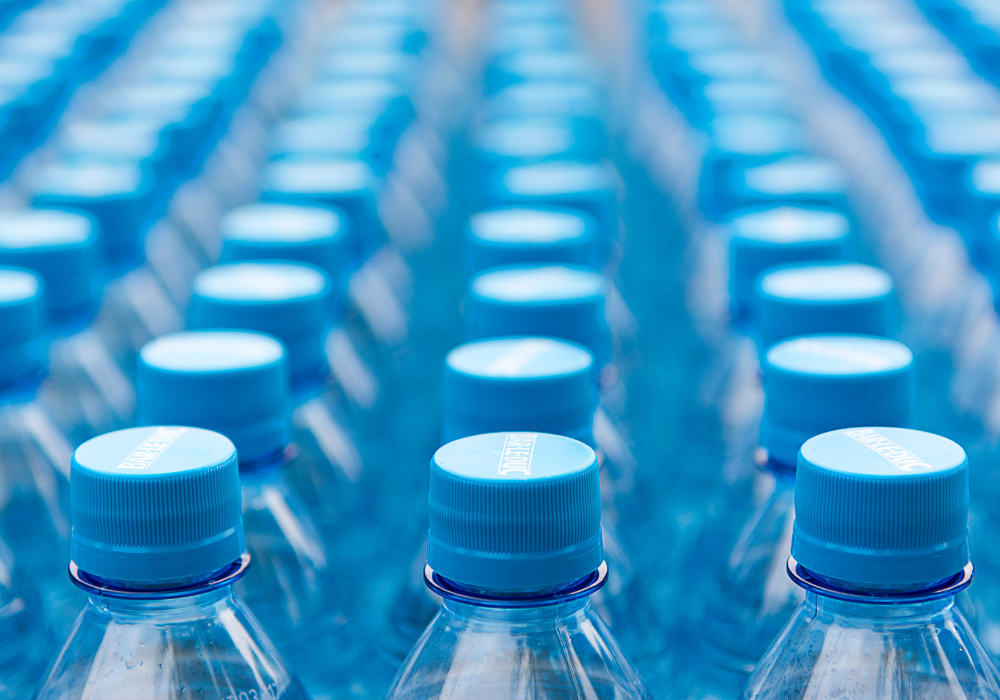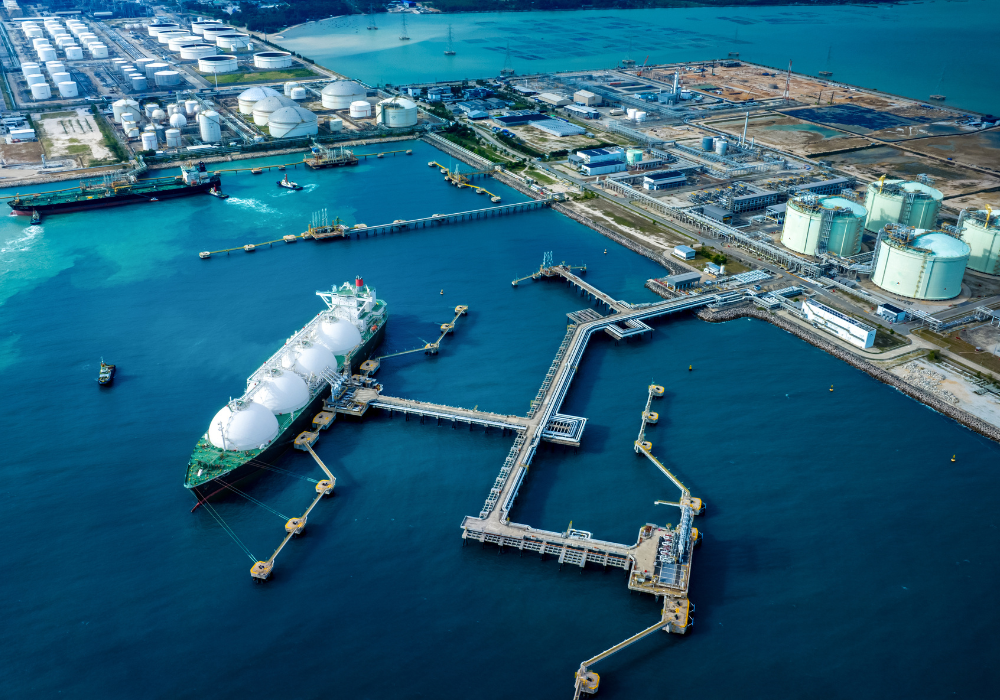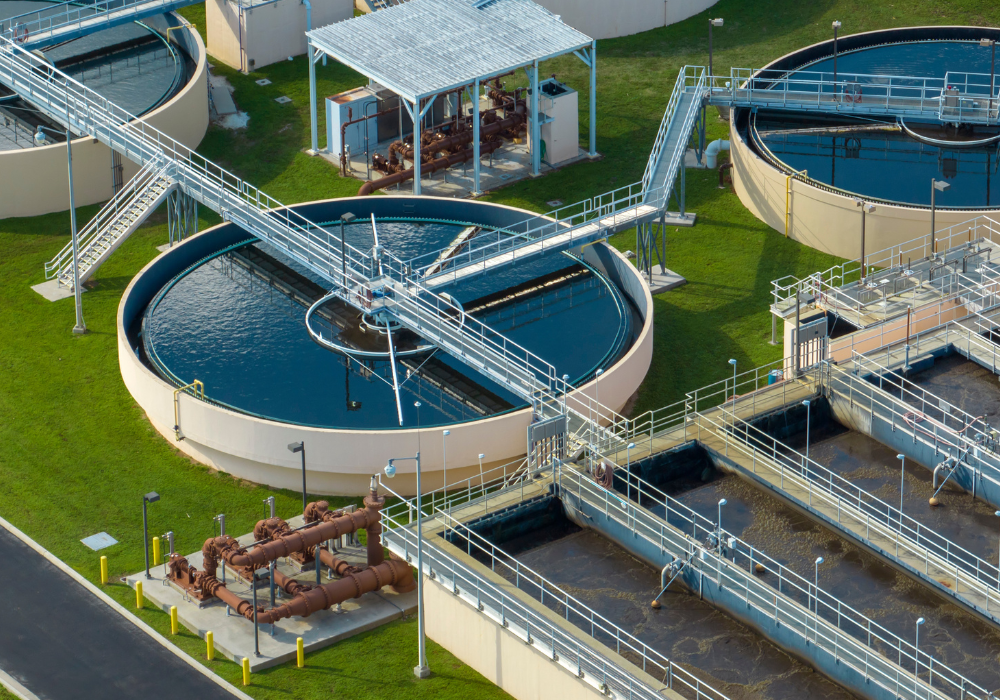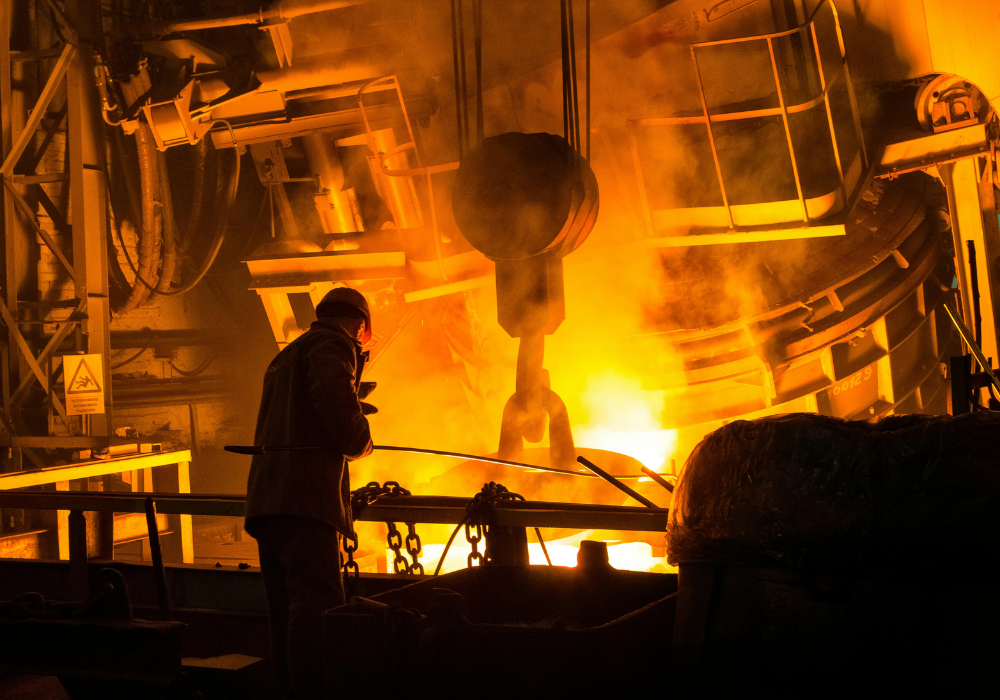
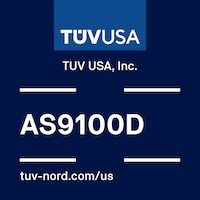
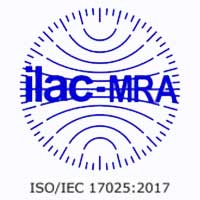
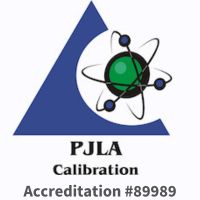
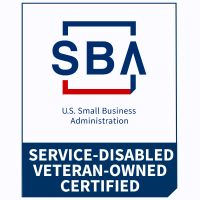
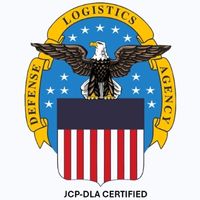
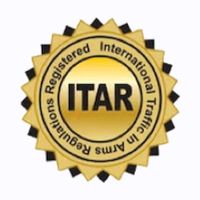
Contact Us
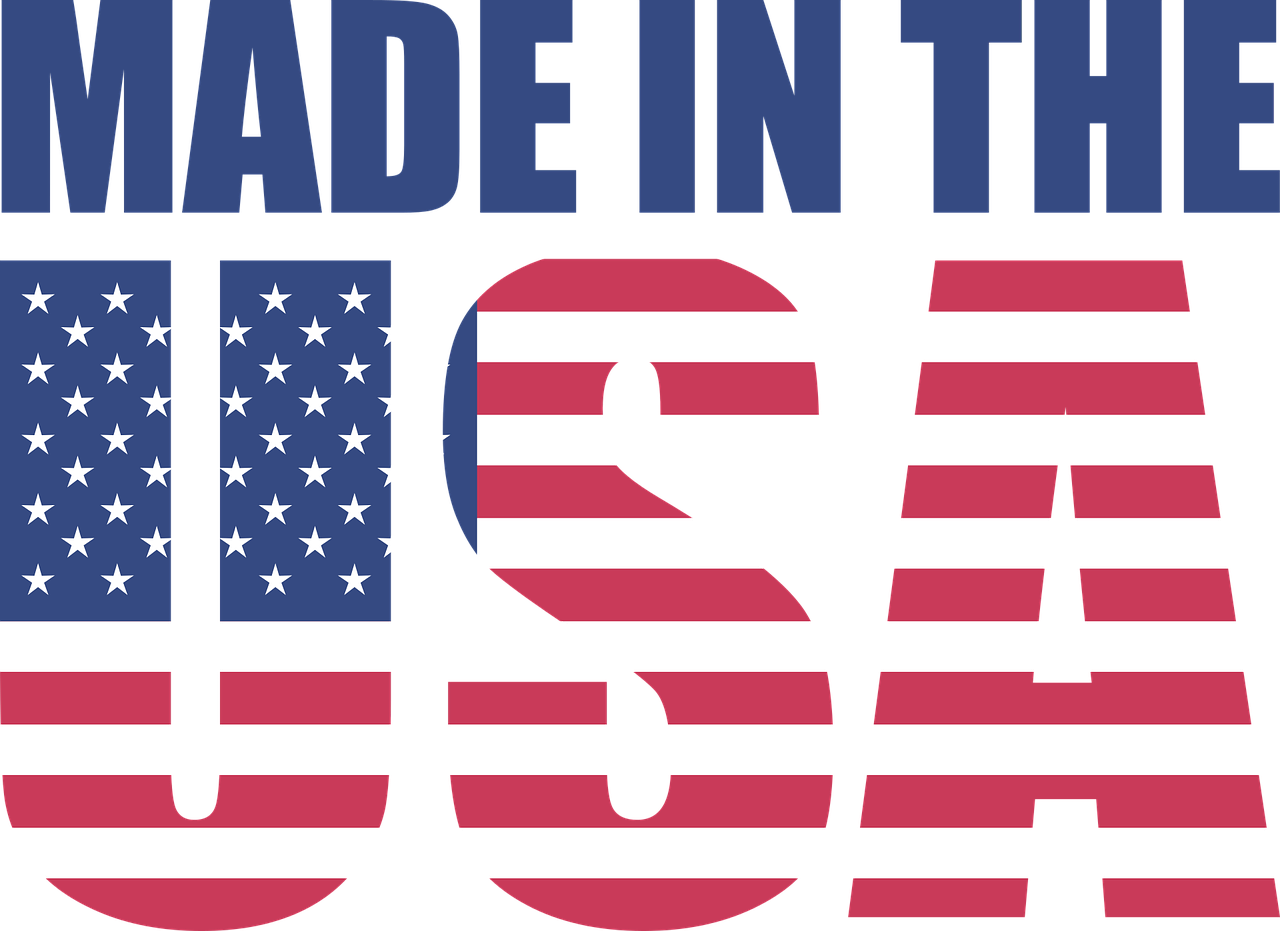
Temperature Transmitters
Wire Harnesses
Temperature Sensors
Fiber Optic Sensor Systems (Partner Company)
Thermocouple/Extension Wire
Temperature and Process Controllers
Specialty Metals
Whitepapers / Thermocouple Alloy - Use & Characteristics

Thermocouple wire can be fabricated into accurate and dependable thermocouples by joining the thermoelements together at the sensing end. Thermocouple wire must be used to extend the thermocouple to instruments where temperature limitations exceed that for use of thermocouple extension wire. The conditions of measurement determine the type of thermocouple wire and insulation to be used. Temperature range, environment, protection, insulation requirements, response and service life should be considered. The following parameters serve as a guide to the selection of wire.
Temperature limits for standard thermocouples that are protected with a closed end protecting tube are shown. These limits are suggested for continuous temperature sensing where insulation is not a factor. For unprotected thermocouples where fast response is required these limits should be reduced for equivalent service life.
Thermocouple extension wire has approx- imately the same thermoelectric properties as thermocouple wire but is only guaranteed accurate within a limited temperature range. Thermocouple extension wire can be used to connect thermocouples to instruments at a lower cost and/or to provide improvement in the thermoelectric circuit. Thermocouple extension wire used with base metal thermocouples are substantially the same alloys. However, due to the high cost of noble metal thermocouple wire such as Platinum Rhodium vs. Platinum the extension wire for these applications is a different alloy like Copper vs. Copper Alloy. The “X” in the code denotes extension grade wire.
- Type T (Copper vs. Constantan) - Used for service in oxidizing, inert or reducing atmospheres or in vacuum. It is highly resistant to corrosion from atmospheric moisture and condensation and exhibits high stability at low temperatures; it is the only type with limits of error guaranteed for cryogenic temperatures.
- Type J (Iron vs. Constantan) - Used protected or unprotected in vacuum, oxidizing, inert or reducing atmospheres. Iron element oxidizes rapidly at temperatures exceeding 1,000 degrees Fahrenheit and therefore heavier gauge wire is recommended for longer life at these temperatures.
- Type E (Chromel vs. Constantan) - May be used protected or unprotected in oxidizing, inert, or dry reducing atmospheres, or for short periods of time under vacuum. Must be protected from sulfurous and marginally oxidizing atmospheres. Produces the highest EMF per degree of any standardized metallic thermocouple.
- Type K (Chromel vs. Alumel) - Used protected or exposed to oxidizing, inert, or dry reducing atmospheres. Exposure to vacuum limited to short time periods. Must be protected from sulfurous and marginally oxidizing atmospheres. Reliable and accurate at high temperatures.
- Type S (Platinum 10%, Rhodium vs. Platinum)
- Type R (Platinum 13%, Rhodium vs. Platinum)
- Type B (Platinum 30%, Rhodium vs. Platinum 6% Rhodium) - Recommended for use with inert or oxidizing atmospheres, or for short periods of time in a vacuum. Easily contaminated, these elements must be protected from the effects of reducing atmospheres and contaminating vapors. Alumina protecting tubes are recommended for directly containing platinum elements.
- Type G (Tungsten vs. Tungsten 26% Rhenium)
- Type D (Tungsten 3% Rhenium vs. Tungsten 25% Rhenium)
- Type C (Tungsten 5% Rhenium vs. Tungsten 26% Rhenium) - Recommended for use in vacuum, high purity hydrogen, or high purity inert atmospheres. Very poor oxidation resistance. Pure tungsten is inherently brittle. W31 and W51 offer the advantage of ductility for ease of handling.
© 2025 Nanmac Corporation


